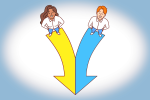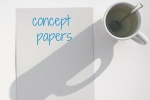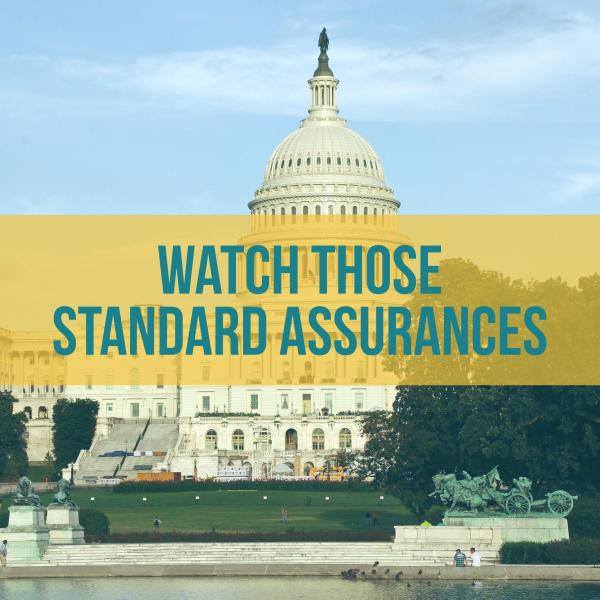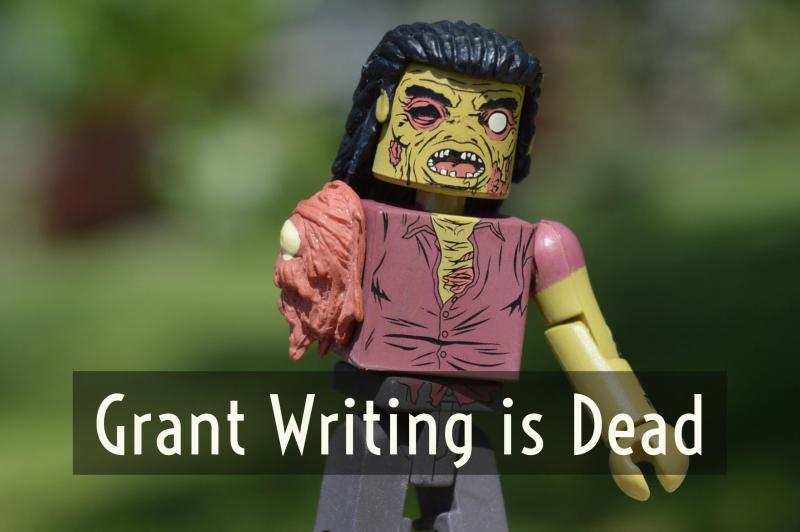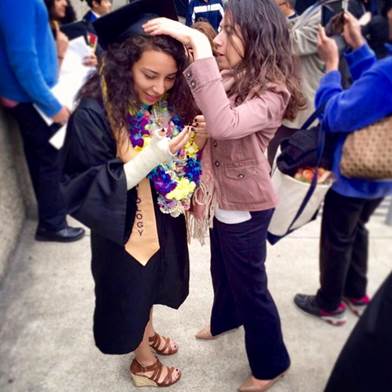No Space for Letters of Commitment?

The grant application guidelines allow 15 pages of attachments, with ten consumed by required documents (IRS determination letter, board list, etc.). You’ve got 15 letters of commitment from diverse community groups pledging resources, volunteers, facilities, transportation, and other significant benefits. It’s a conundrum! The letters are powerful. Which do you use? Which do you leave out?


